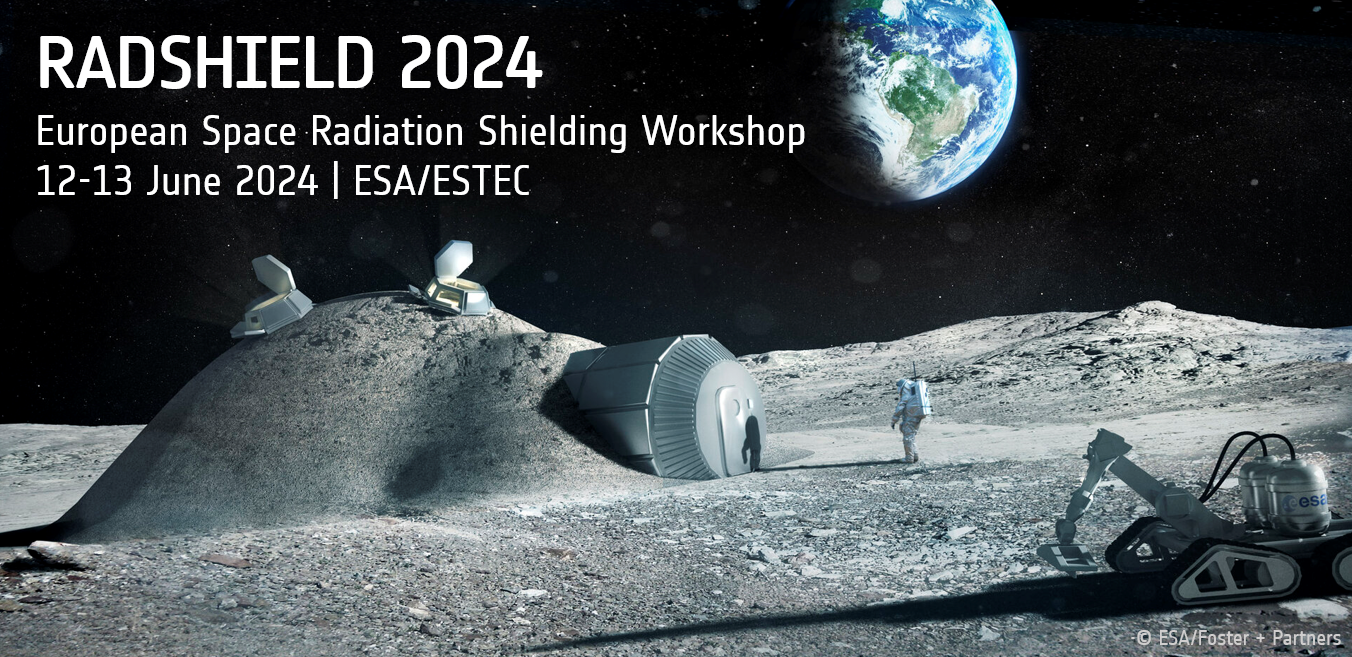Speaker
Description
In a recently completed ESA activity, the collaborating parties aimed at developing efficient lightweight radiation shielding materials for manned deep space missions focusing especially on Moon orbiting and Lunar landing missions. Galactic cosmic rays (GCRs) from protons to uranium ions at solar maximum and solar minimum as well as protons from selected historic extreme solar particle events (SPE) were considered as primary sources of the space radiation environment. On Moon orbit and on the Moon surface lunar secondary (albedo) particles were also considered. Radiation shielding properties were studied by computer simulations for composites that combined different amount of a great variety of high hydrogen content materials in a carbon-fiber reinforced epoxy matrix. We have used the Geant4 and the HZETRN2015 transport codes for model calculations. The effective dose and dose equivalent, which are relevant for stochastic effects and tissue reactions in humans, were calculated in tissue equivalent material as response parameters. Optimization was constrained by special requirements that must be met under the harsh space environment for the selected composites.
A number of test samples of the selected composite type were manufactured for ground-based radiation shielding property testing. Gamma and accelerator-based neutrons, both with wide and monoenergetic spectra were used for radiation testing. In addition to shielding properties the radiation hardness, mechanical characteristics (uniaxial tensile-, flexural strength), and thermal degradation of the selected composite were also laboratory tested up to 170 krad (1700 Gy) of absorbed dose.

